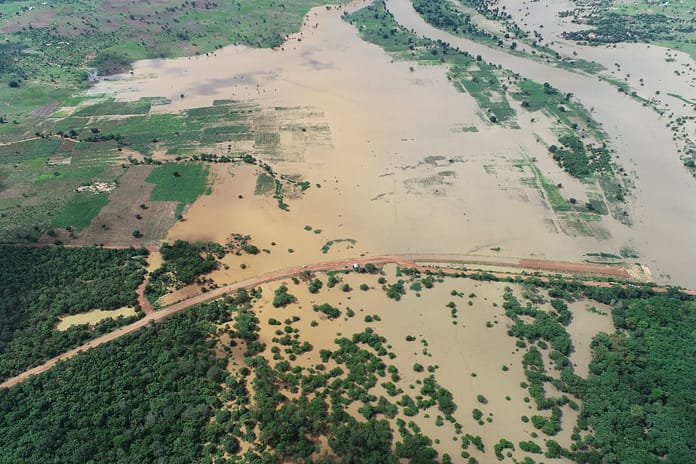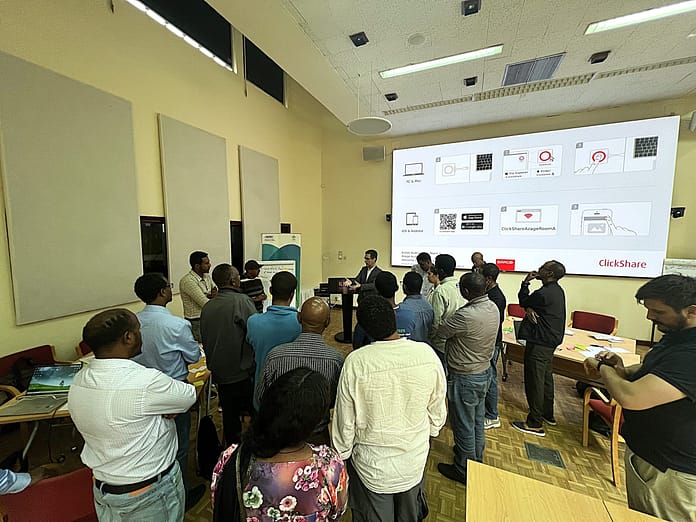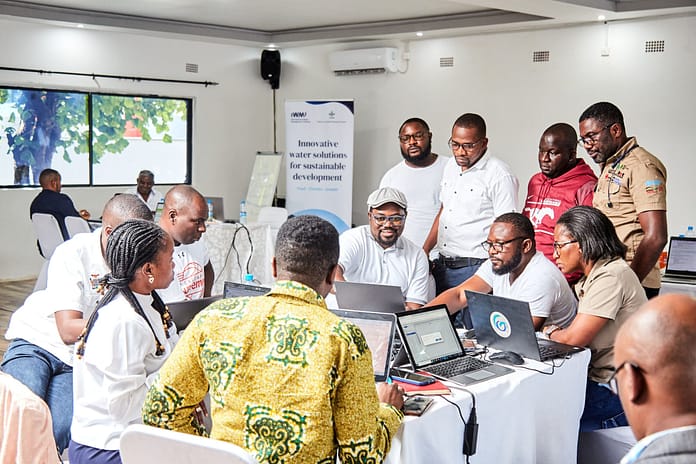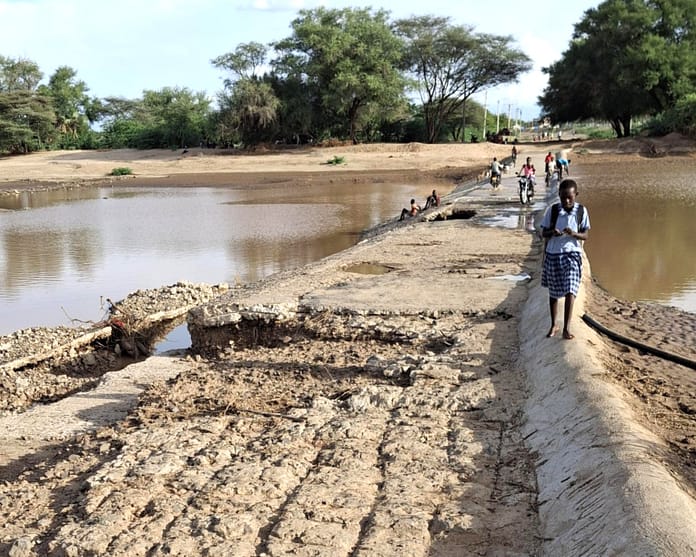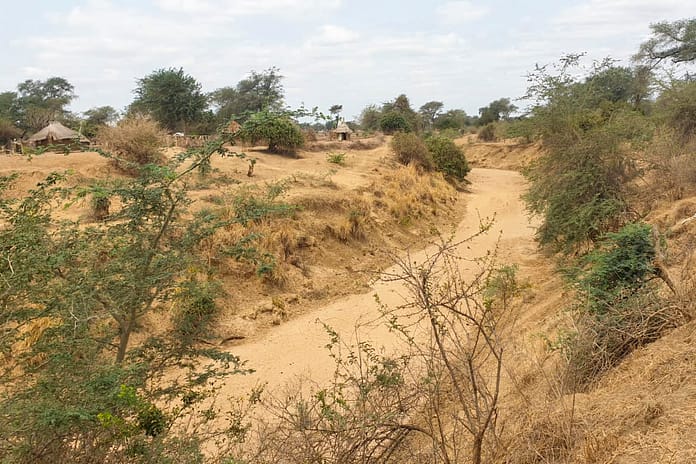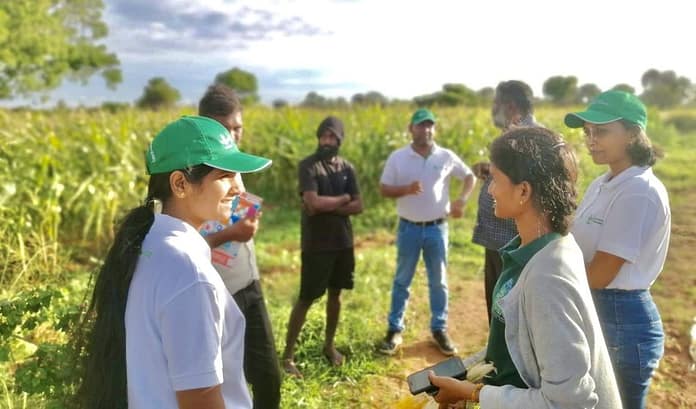
When the skies darken and rain begins to fall, the city of Addis Ababa holds its breath. For some, it means endless hours in a gridlock of traffic. For others, especially families in low-lying neighborhoods, the rain means another sleepless night, fearing that floods might sweep away homes and livelihoods. Floods in Ethiopia’s capital city have evolved from rare shocks into recurring and increasingly severe threats, as rapid urban growth intertwines with the escalating impacts of climate change.
Flooding in Addis Ababa is more than an infrastructure issue. It is deeply personal, disrupting lives and livelihoods, and causing significant social and economic losses. The real challenge isn’t just the rain, but the ability to manage it. Around 67% of the city is flood-prone, putting 3.5 million people at risk. More than half of Addis Ababa is paved over with human-made impervious surfaces: asphalt, concrete and rooftops. These hard impenetrable surfaces prevent rainwater from naturally seeping into the ground. Weak technical and financial institutions, limited coordination and policy incoherence worsen the situation. Combined with poorly aligned goals on disaster risk reduction, land use, infrastructure and environmental protection, the people of the city have little to no protection from the ever-increasing threat of floods.

To tackle this crisis, the International Water Management Institute (IWMI), the Addis Ababa Water Governance Network and the Addis Ababa Fire and Disaster Risk Management Commission (AAFDRMC) came together to create a dashboard to help manage flood risk. The digital platform aims to bridge the gaps between raw data, decision-making institutions and at-risk communities. The dashboard will also clarify stakeholders’ roles and identify where policies fall short, ultimately serving to improve the city’s disaster-risk governance.
With the right tools and stronger collaboration, Addis Ababa can shift from crisis response to more proactive resilience. Developing the dashboard is a key first step that lays the foundation for evidence-based decision-making and planning.
Unlike conventional top-down approaches, this platform is designed together with stakeholders, not simply prescribed to them. Through numerous consultations with experts and commissioners from various divisions within the AAFDRMC, and a co-design workshop held in May 2025, community representatives, technical experts and IWMI researchers shaped the dashboard’s features. Grounded on local realities and end-user feedback, the dashboard is designed to enable faster and smarter responses to floods. This approach also fostered trust and a sense of ownership among key actors in flood risk management, thereby strengthening collaboration across institutions.
At the co-design workshop, Abdulkarim Seid, IWMI’s Country Representative for Ethiopia and Regional Representative for East Africa, called the dashboard a flashpoint for closer collaboration with the commission. “This is the beginning of a long-term partnership between IWMI and AAFDRMC to reshape disaster preparedness through better data accessibility and institutional coordination for a city that is rapidly expanding and transforming,” Seid said, underscoring the utility of the dashboard beyond its function as a digital tool.

The co-design process was interactive and hands-on, allowing stakeholders to pinpoint missing elements, suggest new information and refine data visualization. Speaking of the real-life application of the flood risk dashboard, Tilahun Tola the Deputy Commissioner of AAFDRMC said, “In an increasingly digitized world, this marks the beginning of harnessing digital technology to better understand, plan for and mitigate flood risks. The dashboard will also encourage data sharing and strengthen stakeholder collaboration for more effective flood risk management.”
What the dashboard delivers
The dashboard’s wireframe, which is a visual representation showing its structure and layout, presents a wide range of data to inform planning and preparedness. This includes catchment characteristics to provide environmental and hydro-meteorological insights, maps of flood hotspot areas ranging from historical to recent events and seasonal rainfall forecasts. Alongside these datasets, the platform features a detailed view of the stakeholder landscape outlining the roles and responsibilities of key actors and exposing gaps in coordination and policy coherence. Finally, it summarizes existing mitigation and response practices and invites further collaboration by presenting key challenges identified throughout the process.

Mihertu Desalegn, Deputy Commissioner, Addis Ababa Fire and Disaster Risk Management Commission, proposed connecting the dashboard to Addis Ababa’s Smart City Vision, enhancing flood data collection and early warning dissemination using sensors installed in the city. In addition, he underscored the Commission’s readiness to operationalize the dashboard for real-time flood response from October 2025 onwards.
A major milestone, the dashboard marks the start of a journey to foster long-term collaboration between IWMI, AAFDRMC and the Addis Ababa Water Governance Network. The next phase will focus on co-development, co-delivery and capacity-building to ensure the dashboard evolves alongside Addis Ababa’s changing flood risk. In a city where flooding is beginning to feel inevitable and routine, this flood risk management dashboard offers a pathway towards stronger planning and a safer, more resilient future.





